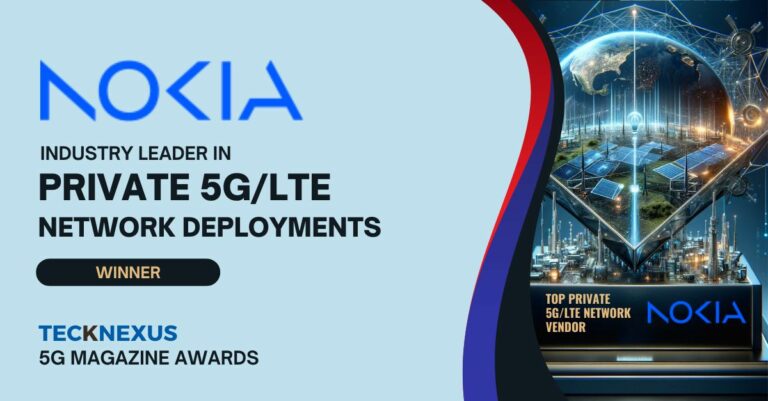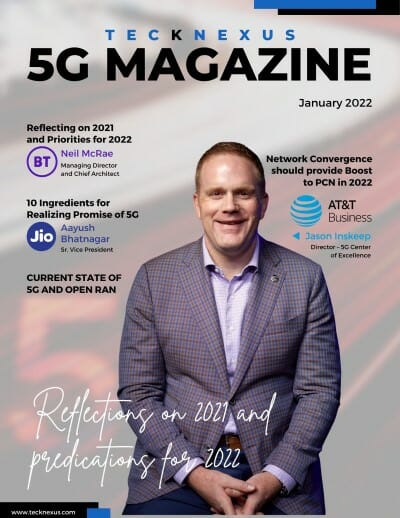Introduction | Celona’s 5G Network for Efficient Manufacturing at a Luxury Automaker
One of the world’s largest luxury automakers, with a U.S. manufacturing plant spread out over 1.5 square miles (726 football fields), needed to deploy 20-30 driverless yard trucks to move trailers filled with auto parts from the storage yard to the plant for just-in-time manufacturing. The problem was that no conventional wireless technology (e.g., Wi-Fi or Carrier public cellular services) could deliver the reliability, coverage, control, or deterministic connectivity required to do the job.
The automaker wanted to automate hundreds of “hostlers” or automated guided vehicles around the vast facility used for moving parts and inventory to the right locations at a moment’s notice. Automatically moving these driverless yard trucks throughout the property required pervasive coverage with low latency and high throughput wireless communications. Any disruption to wireless connection would stall the trucks and negatively impact the factory’s 24 x 7 operations.
The Challenges of Automating a Large Manufacturing Plant
The myriad of challenges, problems, and objectives for this use case included:
- Speeding time to market
- Reducing the number and cost of wireless access points needed to deliver reliable and high-speed wireless connectivity
- Improving operational efficiencies gained by getting parts to the production/assembly line in a just-in-time fashion
- Maintaining full control and ownership of the CBRS infrastructure
- Eliminating packet loss, latency, and wireless disruptions caused by erratic and changing wireless signal coverage
- Ensuring deterministic wireless connectivity and the highest level of security for user equipment and devices
- Automatically enforcing quality of service levels on a per-application and per-device basis
- Direct integration with existing enterprise L2/L3 network infrastructure such as firewalls, DHCP, NAC, and other IP network services of the facility.
Celona’s Solution Implemented in the Manufacturing Plant
CAPEX/OPEX Reduced by 40% when compared to using Wi-Fi or a public MNO-based cellular service
Site Survey and Installation
- Access Point Installation: An extensive site survey led to the installation of 18 5G NR access points with omni/sectional antennas, providing coverage for the entire property. The design included redundancy to account for backup in case of access point failure and load balancing.
- Location and Infrastructure: The APs and antennas were strategically installed on the factory rooftop, allowing for power and fiber backhaul connections without the need for trenching across the property.
Network Configuration and Management
- Celona Edge Nodes: Three Celona Edge nodes running the Celona Edge OS were set up, forming a single Edge Cluster for a Celona private 5G network. This configuration supports auto-scaling and high availability, ensuring no single point of failure and automatic load-balancing for optimal 5G LAN performance.
- Failover and Recovery Mechanisms: The system was designed for instant and automatic recovery, with any failure in one edge node being detected and addressed by the others.
Overcoming Connectivity Challenges
- Optimization and Troubleshooting: The network faced several issues during commissioning, including connectivity and handover challenges. These were addressed by optimizing RF channel planning, adjusting handover parameters for each AP, and reworking the fiber/power patch for optimal performance.
Application Flow and Quality of Service
- Utilizing MicroSlicing Technology: The automaker implemented Celona’s patented MicroSlicing technology to enforce strict QoS levels for packet loss, throughput, jitter, and latency for each application flow. This allowed for seamless integration with the existing VLAN structure and security posture.
Data Privacy and Control
- Ensuring In-House Data Security: Addressing data privacy concerns, the automaker opted to keep all company data securely in-house, avoiding third-party carrier networks. This decision ensured complete control over proprietary data within the organization.
Benefits of Using Celona’s 5G Network in Manufacturing
Below are the key benefits offered via the implemented solution
- Lower latency wireless connectivity (under 20 milliseconds)
- Reduced CAPEX/OPEX by 40 percent when compared to using Wi-Fi or a public MNO-based cellular service
- Streamlined production efficiency (faster time to market)
- Higher product output from using wireless enables just-in-time assembly and manufacturing
- High-quality output performed faster by eliminating manual errors
- Greater control over the wireless infrastructure (compared to a public MNO service)
- 5X improved outdoor wireless coverage with 1/4 of the access points (as compared to Wi-Fi)
How Celona’s Private 5G Network is Changing Manufacturing
Celona’s 5G LAN solution is creating new opportunities to transform the enterprise by better empowering digital transformation (Industry 4.0) initiatives. These initiatives are largely based on network-dependent applications and use cases for which reliable, predictable, and pervasive wireless connectivity is not an option.
Celona’s private wireless system was developed specifically with the enterprise in mind, allowing IT organizations to easily integrate a turnkey private cellular solution that THEY own and operate in a familiar fashion to traditional Wi-Fi LANs. The broader industry benefits from Celona’s private wireless system by enabling mobility to applications and devices that previously were unable to take advantage of wireless (such as process automation systems using PROFINET).
Celona’s private wireless, 5G LAN system, can also be used to not only serve and enable discrete enterprise use cases such as automated guided vehicles (AGVs), etc. but simultaneously be used to support improving indoor public cellular connectivity from mobile network operators using neutral host services. While broadcasting private network PLMN identifiers, the same Celona APs can broadcast public carrier cellular services from T-Mobile and others. This reduces the TCO of the private wireless infrastructure while improving the end-user experience and reducing costs for the enterprise.



























































